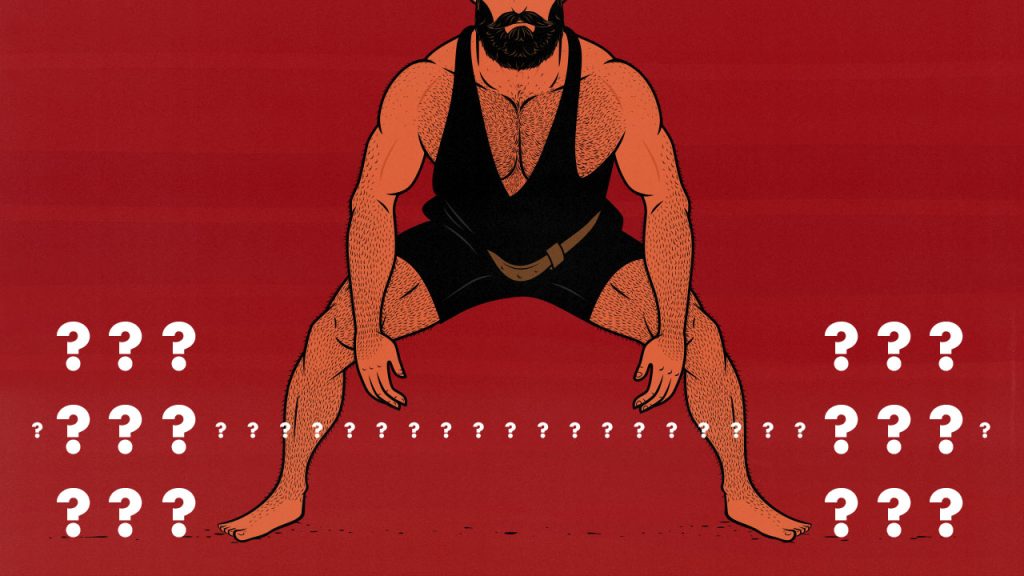
The Best Deadlift Alternatives
Conventional barbell deadlifts are one of the best compound exercises for gaining muscle and strength, but you don’t need them in your workout routine. There are plenty of great deadlift alternatives that use barbells, dumbbells, exercise machines, or your own body weight. Some of them are easier, safer, or gentler on bad backs. We’ll cover all of them.
If you want to explain your situation and get a personal recommendation, we’ll answer all the comments. We’re both certified coaches, and we have over a decade of experience working with clients ranging from desk workers to college, professional, and Olympic athletes.
Muscles Worked by Deadlifts
Deadlifts are a “hip hinge” exercise that trains your hips (glutes and hamstrings), postural muscles (spinal erectors), and upper back (traps, rhomboids, rear delts, lats, etc). That means they’re both a leg exercise and a back exercise. What makes them so good is that they work many of those muscles under a tremendous amount of tension and at fairly long muscle lengths, making them great for gaining muscle and strength.
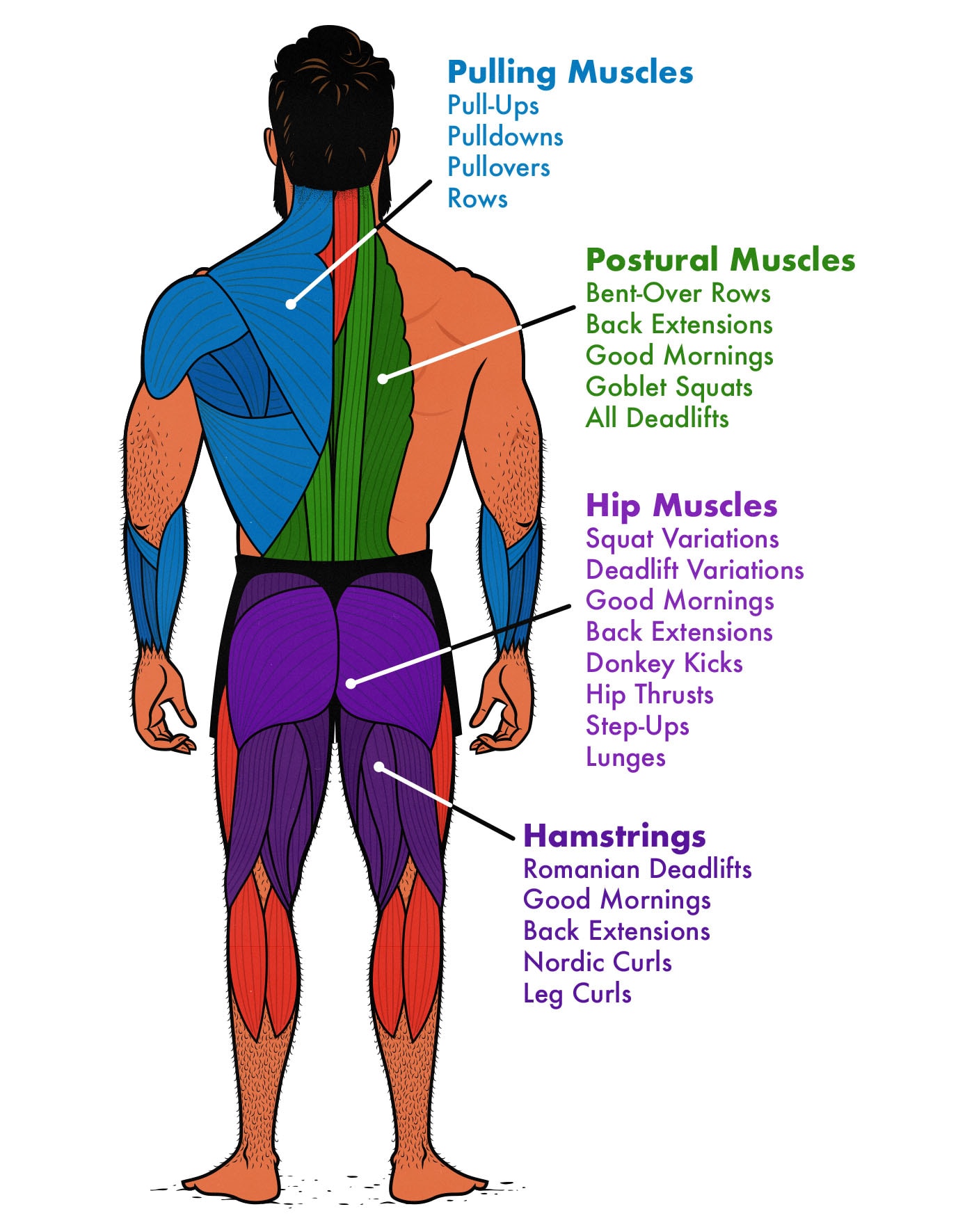
Some deadlift alternatives, like the Romanian deadlift and trap-bar deadlift, offer all those same advantages. However, if you can’t do conventional deadlifts, you might not be able to do those, either. In that case, you can swap the deadlift for a couple of smaller exercises.
Fortunately, deadlifts overlap with other compound exercises. Front-loaded squats (like front squats and goblet squats) work your glutes and postural muscles, while bent-over rows work your forearms and back muscles. If you’re already doing those exercises, all you’re missing is a hamstring exercise, like a leg curl.
Barbell Deadlift Alternatives
Romanian Deadlifts (RDLs)
Romanian deadlifts put more emphasis on your hamstrings and less on your lower back, making them better for building bigger hips without getting as fatigued (more on that here). They’re often easier on bad backs, too. There’s no real downside to them. They’re one of the best muscle-building exercises of all time.
Sumo Deadlifts
Sumo deadlifts are similar to conventional deadlifts, but you might have an easier time getting into position, and you’ll probably find that your lower back doesn’t need to work as hard. Mind you, they’re still fatiguing, and they do still hit your lower back relatively hard.
Good Mornings
Good mornings work your hips and postural muscles the same way as Romanian deadlifts without demanding as much of your grip or upper back. Mind you, most people find Romanian deadlifts simpler to learn, more comfortable to do, and they work more muscles at once.
Trap-Bar Deadlifts
Trap-bar deadlifts offer all the same benefits as conventional deadlifts, but you won’t need to bend over as far, the trap bar is easier to grip, your lower back won’t get as fatigued, and the movement feels more comfortable.
The only downside is that you need a trap bar. Most gyms don’t have them, and buying a good one can run you a few hundred dollars.
Dumbell Deadlift Alternatives
Dumbbell Step-Ups
Step-ups are the best dumbbell deadlift alternative. They work your hips through the same range of motion as deadlifts, but because you’re only training one leg at a time, you can do them with lighter dumbbells, and your postural muscles won’t get as fatigued.
Goblet Squats
Dumbbell goblet squats work your glutes and postural muscles quite well, but they aren’t quite as hard on your lower back. This makes them a great alternative to deadlifts. However, they work your quads instead of your hamstrings, so you still need an exercise that works your hamstrings.
Dumbbell Romanian Deadlifts
Dumbbell Romanian deadlifts are the best dumbbell exercise for your hamstrings. The only downside is that your hips might be stronger than your grip, preventing you from holding a dumbbell that’s heavy enough to challenge your hamstrings. If your grip is strong enough that it doesn’t limit you, no problem. Otherwise, you might want to use lifting straps or lifting grips.
Dumbbell Hip Thrusts
Hip thrusts work your glutes quite hard, but only at short muscle lengths and without much hamstring stimulation. They’re great as a finisher exercise, but I’d also include some exercises that challenge your muscles at longer lengths (like squats, step-ups, or Romanian deadlifts).
Dumbbell Reverse Lunges
Lunges work your hip muscles one leg at a time, allowing you to use lighter dumbbells. They require a bit of practice to master, but they’re well worth it for people training with just dumbbells.
Body Weight Deadlift Alternatives
Bodyweight Hip Thrusts
Hip thrusts work your glutes almost as well as deadlifts, just with less tension under stretch. They’re much less fatiguing, much safer, and don’t require as much equipment. You can do them with light weights or body weight, especially if you do one leg at a time.
Swiss Ball Leg Curls
Swiss ball leg curls work your hamstrings about as well as machine hamstring curls. They’re simple, easy for beginners to learn, and you can do them at home with your body weight. The only potential downside is that you need a Swiss ball (aka yoga ball).
Towel Deadlifts
Towel deadlifts are perfect for strong people who are stuck doing workouts at home or in hotel rooms. You pull against the towel as hard as you can, failing to move it but succeeding in challenging your entire posterior chain.
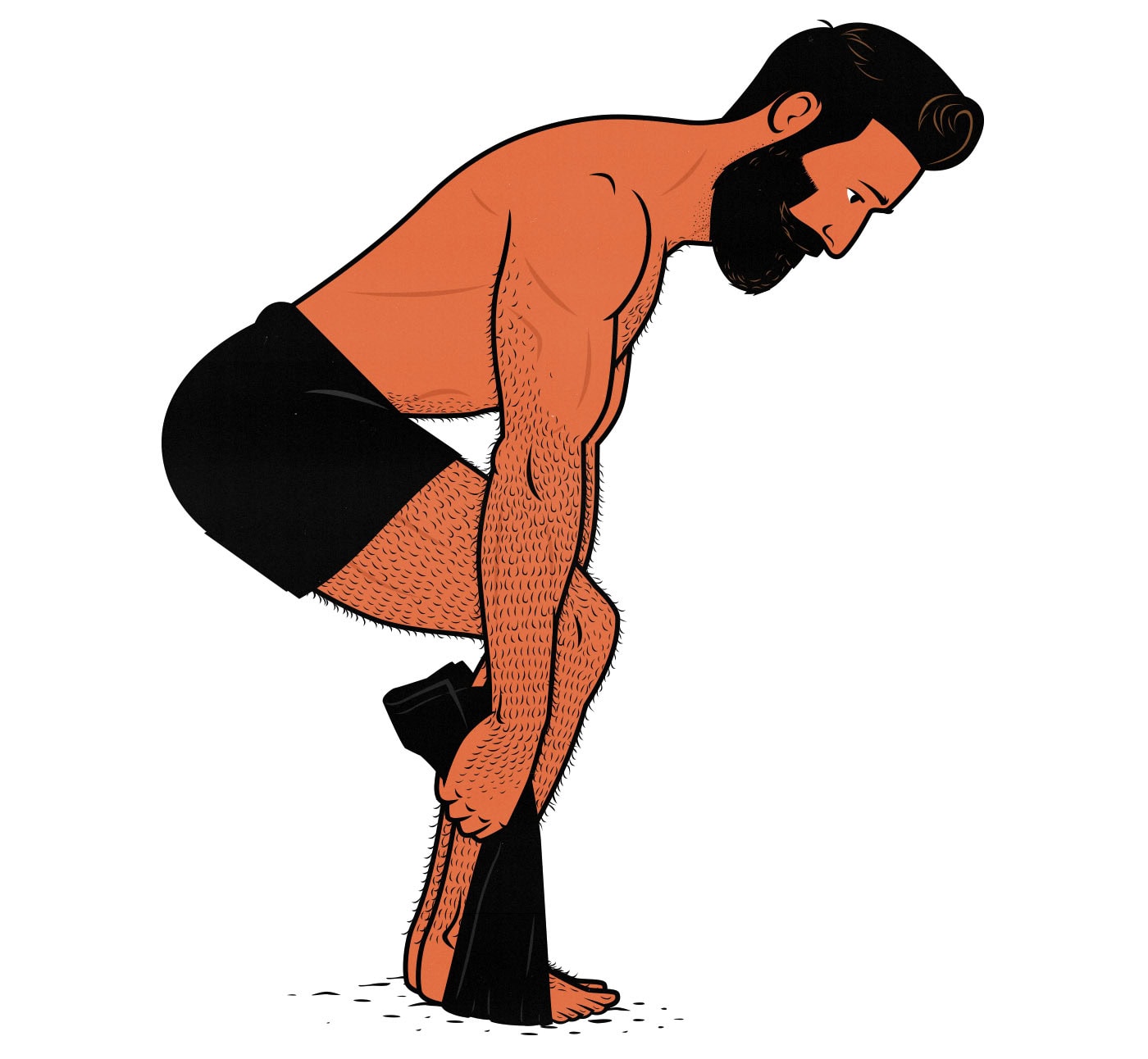
It’s an isometric exercise. Nothing moves. But your muscles still work incredibly hard. Better still, you’re challenging your muscles at long muscle lengths. The downside is that it’s hard to tell whether you’re working hard enough or making progress.
Nordic Hamstring Curls
Nordic hamstring curls work your hamstrings about as well as doing hamstring curls on an exercise machine, but they’re incredibly challenging, meaning you won’t need more than your body weight. You might need a resistance band to use for support, though.
Bodyweight Step-Ups
Bodyweight step-ups are a nearly perfect alternative to the deadlift, but you’ll quickly grow too strong for them. Use them while you can. They’re effective until you can do 40+ reps per leg, but they get miserably painful long before then.
Bodyweight Lunges
Bodyweight lunges are a great beginner exercise. You’re working your hip muscles one leg at a time, so your body weight might be enough, at least initially. However, unless your body is impressively heavy, you’ll probably outgrow them rather quickly.
Exercise Machine Deadlift Alternatives
Back Extensions / Hyperextensions
Back extensions work your hips and postural muscles about as well as good mornings, but you don’t need as much weight, and most people find that they aren’t as fatiguing.
Reverse Hypers
Reverse hypers are similar to hyperextensions, but your back is supported, and you move your legs. Some people find that this makes them even safer and easier to recover from, and some people with finicky backs prefer them.
Leg Curls
Leg curls work your hamstrings about as well as deadlifts, especially if you do them seated (instead of lying down). They won’t fatigue (or stimulate) any of your other muscles. You can pair these with squats for great overall leg development.
Donkey Kicks
Donkey kicks work your hip muscles just like a deadlift, step-up, or lunge would. They aren’t very fatiguing, they’re quite safe, and some people prefer the simplicity of using an exercise machine.
Summary
There are a few reasons why you might need a deadlift alternative:
- Conventional barbell deadlifts are too fatiguing (more on that here). In that case, Sumo deadlifts are slightly less fatiguing, Romanian deadlifts are much less fatiguing, and leg curls aren’t fatiguing at all (but offer far fewer benefits).
- You don’t have enough mobility to do them properly. Romanian deadlifts are perfect for that. You can go as low as you can, getting better over time.
- You train at home with dumbbells. Dumbbell Romanian deadlifts are good, but grip strength can become an issue. Step-ups are often better.
- You need a bodyweight variation. Bodyweight step-ups are good, but they’re often too light. You might do better with bodyweight hip thrusts. Towel deadlifts are great if you’re already quite strong.
- Deadlifts work your lower back and nothing else. Sumo deadlifts shift some of the load from your lower back to your quads. Romanian deadlifts are perhaps even better. Step-ups reduce the strain on your lower back to almost nothing.
- Deadlifts cause a back injury to flare up. Step-ups and hip thrusts are a good place to start. When your back starts feeling better, you could do Romanian deadlifts to make your lower back stronger.
- You want more variation in your routine. That’s where back extensions, reverse hypers, and good mornings come in.
- Deadlifts seem too dangerous. Goblet squats, step-ups, hip thrusts, and leg curls have almost zero risk of injury, especially to your lower back.

As always, if you want a customizable workout program (and full guide) that builds these principles in, check out our Outlift Intermediate Bulking Program. We also have our Bony to Beastly (men’s) program and Bony to Bombshell (women’s) program for skinny and skinny-fat beginners. All of them come with one-on-one support.



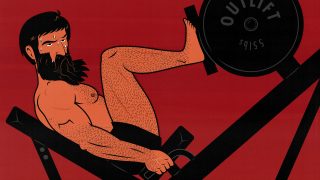
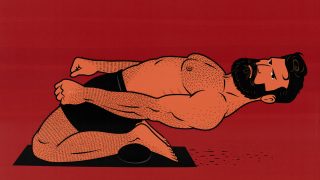
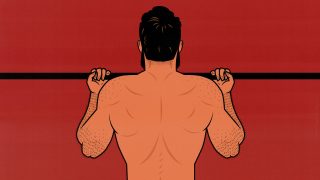
What about table bridges ? AFAIK they closely resemble Hip Thrusts, the only difference is one has to support upper body with straight arms instead of bench.
Could you please comment on table bridges regarding hamstring training? Thanks
I’m not sure your glutes or hamstrings would be the limiting factor, and if they are, you’re only working them at the shortest possible length. Hip thrusts are limited by your glutes and work through a deeper range of motion (though they still aren’t very challenging at the bottom).
thanks
Hi guys, this is my absolute favorite site for training related information! I was wondering if I wanted to quit all deadlift variations for good because they are so fatiguing, what exercises should I do? If I do nordic curls, leg curls and 45 degree back extensions in every lower workout, would that do it?
Good mornings would provide at least some advantages of a compound movement. You could consider this maybe.
Best regards
Sebastian
Yep! Good mornings are great. They’re like Romanian deadlifts, just without your grip and upper back. I think back extensions are a pretty good alternative to good mornings, though.
Thank you, Sam!
So, first of all, here’s an article about minimising fatigue, and it includes some information about the ADVANTAGES of fatigue. It isn’t wrong to minimise fatigue, but I want to make sure you know the tradeoffs.
Those three exercises would do a pretty good job of replacing the lower-body stimulation that a deadlift gives you, but you’re missing out on the upper back (traps, rhomboids, teres major, lats, etc). Also, Nordic leg curls and machine leg curls both train the same muscles (your hamstrings) the same way, giving you some needless overlap. So, what I’d do is choose your favourite leg curl variation, then swap the other one for some sort of row. I’d use a row where your back isn’t supported (like a barbell row or two-point dumbbell row) to train your hips and spinal erectors, but you’ve got back extensions, so you don’t need to.
If you’re already doing plenty of rows for your back, then you don’t need to add more. In that case, if you want a third exercise, I’d use step ups.
You could make an argument for conventional deadlifts being disproportionately fatiguing, but I think if you’re doing something like a Romanian deadlift, you might get about the same amount of fatigue per unit of muscle growth as you’d get by combining those three different alternative exercises. On the other hand, combining those three different exercises gives you a chance to bring three separate muscle groups to the cusp of failure for as many sets as you like, giving them an even more customizable training stimulus.
hi, i workout at home.i don’t feel DOMS anymore even with increasing weight on dumbbell deadlifts . could u suggest which alternative should i use to have
maximum muscle gain
Why would Sumo deadlifts work the quads harder than conventional deadlifts? The latter requires more knee-over-toes in the starting position than sumo deadlifts, which can even be performed with perpendicular shins if you take a wide enough stance.
There’s a longer moment arm for your quads. We also see higher levels of quad activation (study).
You can think of it as the conventional deadlift being mostly about opening your hips while keeping your back from rounding, whereas the sumo deadlift is a little more similar to squatting up the weight.
Hmm….I though that lesser the angle between the foot and the shin, more the quad strech and contribution.
So naturally if we go more knee-over-toes (angle<90), like in deep squats and leg presses with low foot placement, the quads will work more. That's also the case for conventional deadlifts, especially for tall guys who need to bend their knees significantly to reach the bar.
In wide sumo stance, this angle is at most 90 degrees(perpendicular shins), so the quads will be lesser involved with work shifting to the adductors instead. I'm not sure though. That's only theory.
Also b/w sumo and conventional DL, which one would work the hamstrings more or is it just that they emphasise different heads of the hams?
What’s the difference between bent-over barbell rows and Pendlay rows?
Also if we are doing T-bar rows without any chest support (i.e. free weights not machine), then I suppose we’d work our spinal erectors?
That’s right, yep! If there’s no chest support, t-bar rows are great for working your spinal erectors.